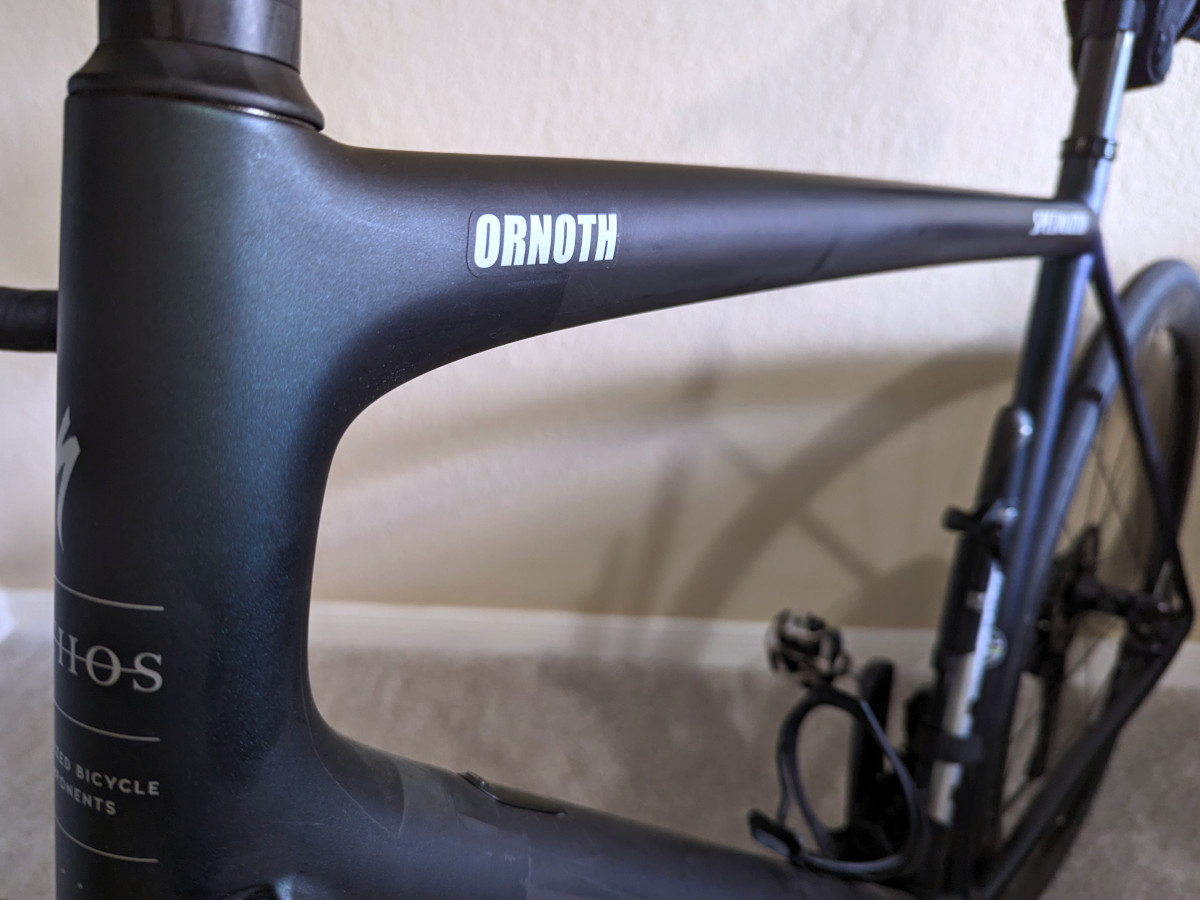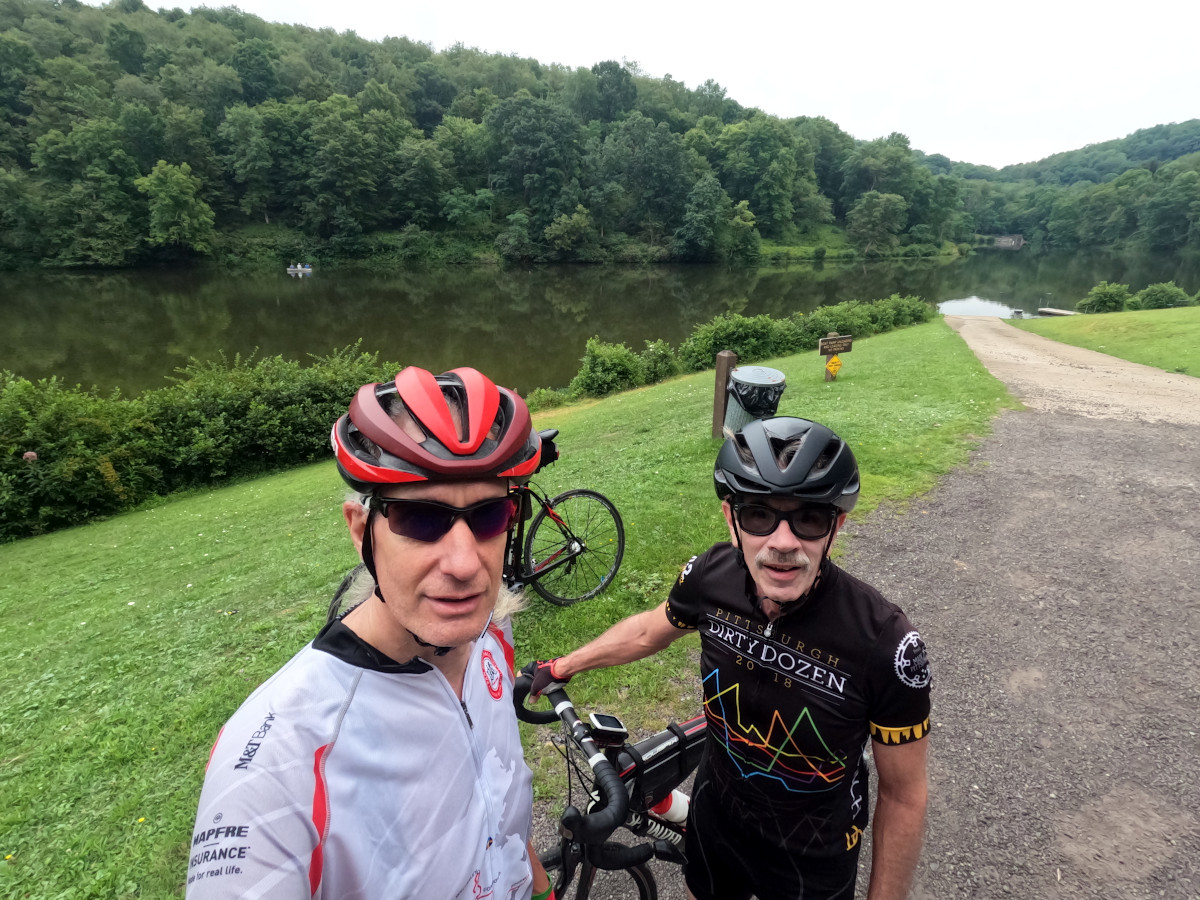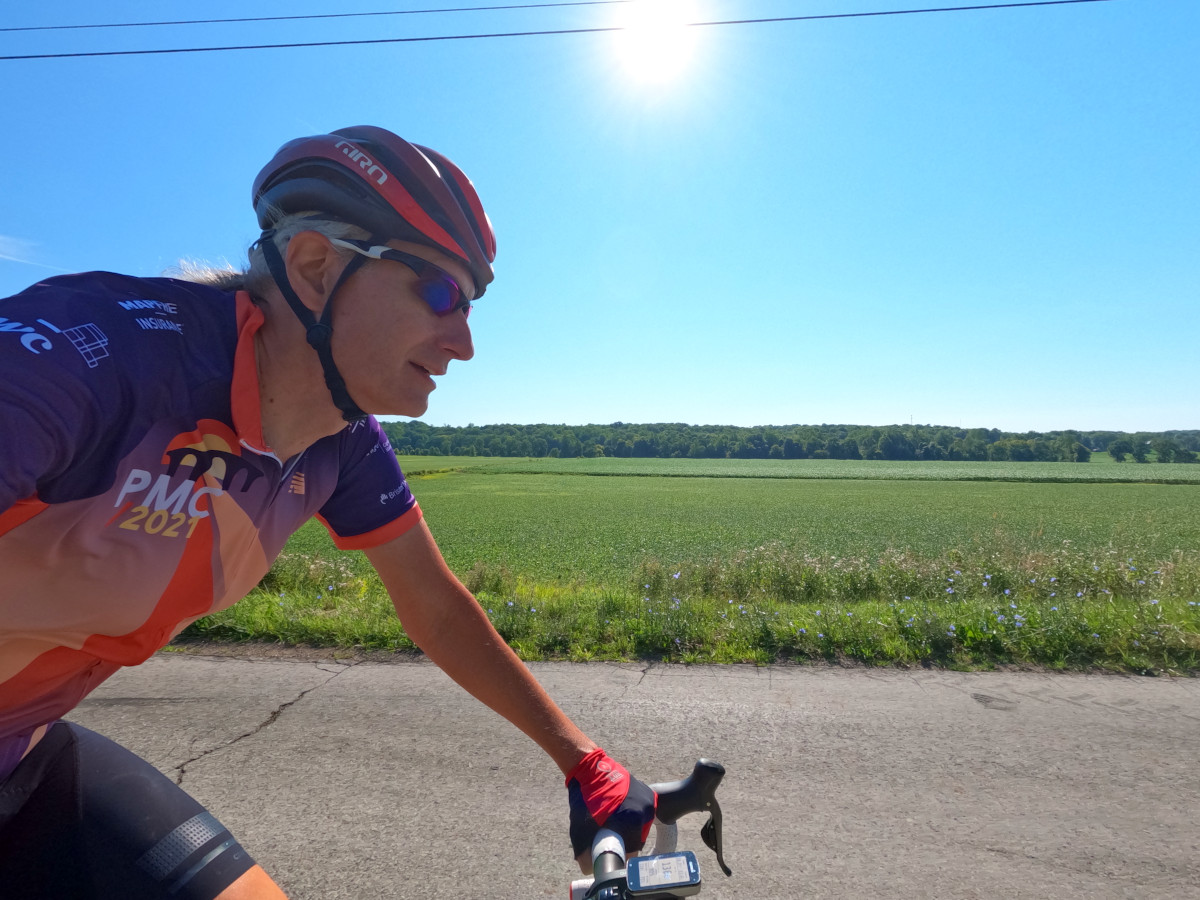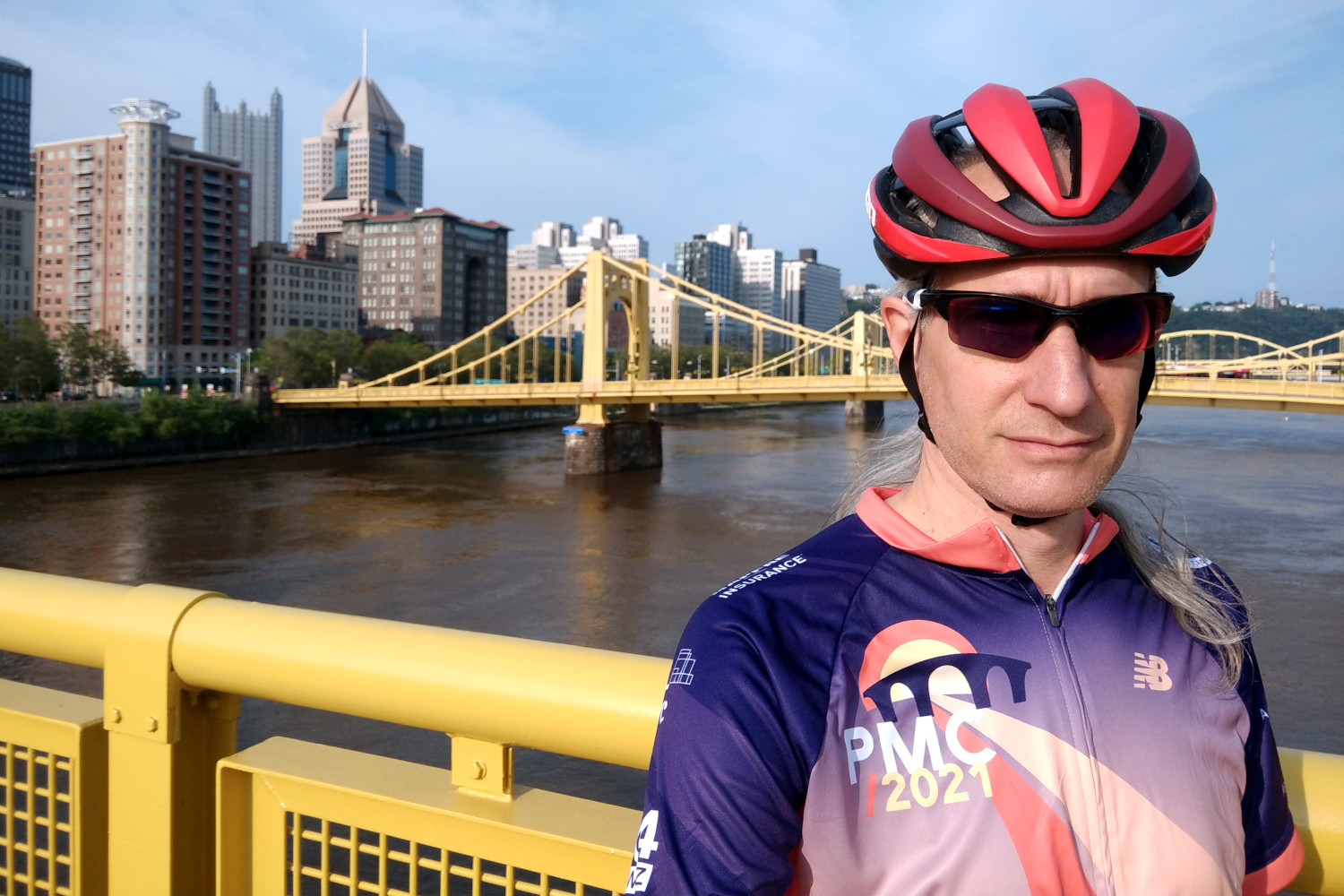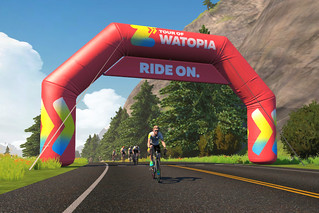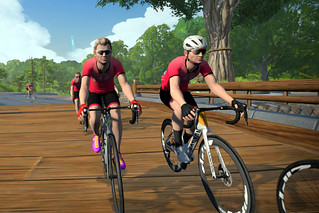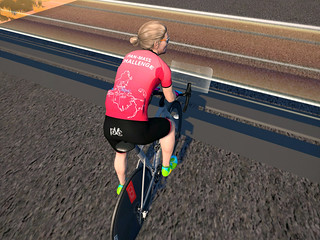Austin On-Ramp
Jul. 5th, 2023 05:22 pmI’ve been in Austin for six months – although only cycling for four – so it’s time to share my initial impression of cycling in Austin. I’ll cover the bike shops, clubs, group rides, organized events, routes, road conditions, drivers, online community, and weather.
These are my limited observations, so they may not accurately reflect anyone else’s experience. Ready?
 Downtown Austin from Town Lake boardwalk |
 Mellow Johnny's Friday Truancy ride |
 The Fire Ant Tour |
 The Veloway |
 Bike night at the Circuit of the Americas |
 Looking back from the top of Ladera Norte |
Bike Shops
Austin is still dealing with the fallout from everyone’s favorite independent bike shop being bought out by Trek in 2020, in an effort to force Specialized out. The friendly Austin Trek staff are trying their best, but they’re hampered by being brand-tied and the bad blood the company earned in that buyout. In a city preoccupied with losing “the old Austin”, it was a prime example.
Specialized is recovering, but slowly. They’re now based in a cramped showroom in an inconvenient mall north of town, but much of their operation is run from a sketchy, anonymous warehouse in South Austin, while presumably looking for more functional retail space.
Of course, you can’t talk about bike shops without mentioning Mellow Johnny’s, still owned and operated by Austin’s disgraced former pro cyclist. I found the shop unfriendly, but their support of the local cycling community robust.
There’s also a Rapha store, which – in addition to hawking their overpriced wares with a pretentious attitude – coordinate some popular group rides. And there’s also REI and several small neighborhood shops of unknown quality.
Clubs & Group Rides
There are lots of opportunities to ride, although surprisingly few of them are run by the local bike shops. Here are some highlights.
Mellow Johnny’s has a popular Friday Truancy ride of their own, but many of their rides are led by the Violet Crown Cycling Club, which I naturally refer to as the “Violent Crowd”. Due to time conflicts, I haven’t been able to ride with them yet.
The Phenom Cycling Club runs a couple challenging hilly group rides. That’s fine I guess if you want a hard workout, but they predominantly cater to young racers, and don’t spare much attention for laggards.
Long-distance riders are served by the Hill Country Randonneurs. However, they require membership in Randonneurs USA, whose policies I take exception to, so I really can’t ride with them.
There’s an exceptionally popular monthly Breakfast Club ride which again I haven’t made because of timing. I’ve heard mixed opinions about it.
There’s also an overnight Full Moon Ride every four weeks. I enjoy night rides, but it’s a pedestrian ride. Although they’re around, I’m really not interested in the casual populist rides like Critical Mass, Social Cycling Austin, and some of the Meetup groups.
Aside from many group rides happening at difficult times (i.e. early mornings and Saturdays), I haven’t found anything that suits my level: non-competitive but serious enthusiast. There’s lots of rides for young, fast, elitist racers; and plenty for slow, pot-smoking townies and commuters; but nothing for us devoted middle-of-the-road riders that I’ve found.
Organized Events
Here’s another area where I’m struggling to find my place. Perhaps it’s because of the Texas heat, but despite scouring the online ride calendars, I’ve found shockingly few organized events around Austin to suit my preferred ride distance of 100 to 200 KM.
One option is the infamous Hotter’n Hell 100 (August), although that’s a solid 5-hour drive away!
And there’s the Texas MS 150 (April), whose century route starts in Houston. I passed on it this year, having lost too much fitness over our move.
Austin is also home to the Livestrong Challenge, which several New England friends take part in, so hopefully there’ll be reunion opportunities when that rolls around in September.
And there are occasional smaller, less-familiar rides. Rather than enumerate them here, I’ll point you to my work-in-progress Austin Cycling Calendar webpage.
For my Pittsburgh friends, there’s a local semi-organized hill ride in the spirit of the Dirty Dozen. The Tour das Hugel takes place in November and incurs a whopping 175 KM with 3,200 M of climbing.
But so far I’ve only managed one 100 km ride, the Fire Ant Tour up in Gatesville, which I wrote about here. It was fine, but I’m still searching for my first century even as we enter the forbidding heat of summer in Texas.
Routes
There are a couple unique cycling facilities that are especially noteworthy. One is the Veloway, a winding 5 KM circuit that is limited to cyclists and skaters. It’s a delightful wooded loop on the south side of town. However, it’s a bit far to ride to, and I imagine it gets busy on the weekends.
And in the spring and fall, the Circuit of the Americas racetrack – which normally hosts Formula 1, NASCAR, and MotoGP races – regularly opens their 5 KM track to cyclists from 6PM to dark. It’s a memorable experience, but again it’s a bit far away to make it a regular event.
For racers, there are criteriums at the Driveway: a private track designed to instruct auto racers. Not being a racer, those are of limited interest to me, save perhaps as a spectator.
In terms of bike paths, there are a couple around town. The most noteworthy is the Southern Walnut Creek Trail, which is pretty long, quite rideable, and one viable way to get out of the city and into the outskirts.
Shoal Creek is partially an on-street bike lane, but there are off-street segments. While it looks like a straight route into downtown, part of it is shut down long-term, and it’s more suited to leisure rides than getting somewhere in good time.
And there’s an extensive network of jogging paths around Town Lake. While scenic and featuring an amazing investment in elevated boardwalks over the river, these gravel paths are crowded with oblivious tourists and locals, so they’re of limited value for road cyclists.
I’ve spent a lot of time exploring Austin’s roads, but I’ve still only just scratched the surface. As when I moved to Pittsburgh in 2015, I’ve had excellent luck identifying fellow roadies through Strava’s Flyby utility and then following some of the routes they frequent. That’s given me insights into popular local routes as well as further afield (such as over toward Manor, or out Spicewood Springs and the Volente loop).
And I’ve found several methods of getting from my base in the Northwest Hills across town or into downtown, including Balcones Drive to Scenic Drive or Pecos Street or Exposition; or Winstead to Atlanta; Jefferson or Bull Creek or Shoal Creek; 51st Street for heading east; and Mesa and Jollyville heading north.
As for hills, we’ve got hills. I’m on the border between the flatter terrain to the east and the hilly terrain of the Hill Country’s Balcones Escarpment to the west. In fact, I have to climb a short but vicious hill just to escape my little cul-de-sac. But I’ve explored some local hills that would be right at home in Pittsburgh, including the infamous Ladera Norte, which is now part of my regular workout. If you wanna climb, there’s no shortage of it; but (unlike Pittsburgh) there’s plenty of nice flat riding, as well.
Road Conditions & Drivers
My memories of Austin from before I moved were of narrow roads with no shoulder and high-speed traffic, and that’s proved out. But those are the urban roads and suburban highways that are popular for cars; there are other roads that are calmer and quieter, and in town there are a number of side-roads that are adequate for cyclists getting around town.
And there’s a fair amount of bike infrastructure, including my first experience with parking-protected bike lanes, which are about as appealing to me as licking an electrical outlet. God save us all from well-intentioned bike advocates!
Road surfaces vary a lot, but they’re generally rougher (and thus slower) than I’m used to up north. The rural roads bake in the sun and can develop dangerous cracks. I managed a quadruple snakebite puncture by hitting one of those on a descent! And down here they use the term “sealcoat” for their variant on the universally hated oil-and-chips road surface treatment, which Texas uses more than any other state.
Drivers… For the most part Austin drivers have been surprisingly conscientious, although there are hundreds of online tales of absolutely insane driving. Of course, there’s self-important drivers going too fast for the conditions everywhere, and streets that pit all road users against one another, but in 200 hours of outdoor riding over four months, I’ve only experienced one legit instance of harassment on the bike.
Connecting Online
Another surprise: I have yet to find any useful Austin cycling forums online. There’s the Reddit group /r/BikingATX, but it’s not especially active or useful. If there’s a forum that’s commonly used – say, hosted by one of the bike clubs or something – I haven’t found it. Honestly, Strava has been the most useful online resource for finding other riders, clubs, and routes.
The best events calendar I’ve found has been the state-wide WheelBrothers Texas Bike Rides page.
Weather
From February through May, the weather was absolutely stellar. Of course, we had temperatures below freezing for short periods (including a devastating ice storm), but most of our days were between 10 to 25° C. That was delightful.
Then the heat came. We’ve had four straight weeks with high temps around or above 37°C, which limits outdoor riding to either mornings or short daytime rides. Save for a couple major events, summer is the off-season for riding.
Which brings up the question of when and where to use the indoor trainer. Over the winter, I could get away with riding it in the unheated and un-insulted garage, so long as it wasn’t too cold outdoors; but I wonder whether it makes more sense to bring it inside. Over the summer, it’s too hot to ride in the garage, but I’m not convinced it’d be much better if I set it up inside. Still needs some figuring out, so we’ll see!
Conclusion
The bottom line is that I’m getting settled and finding my way around both the cycling community and the city, but with a lot more still to learn. I can’t quite say that Austin is a cycling utopia, but I think it’s quite workable.
Specific things that I still need to look at are:
- Check out the group rides I’ve missed, including: Violet Crown, Taking Care of Business, Breakfast Club, Major Taylor, and Rapha
- Find more organized 100 to 200 KM and imperial century rides
- Find the subset of roadies around town that aren’t hardcore racers
- Build up an inventory of routes and rest stops for longer solo rides outside of town
But for only having been on the roads for a few months, I’m pretty happy with Austin’s cycling scene. And delighted by the weather, even at its hottest!




